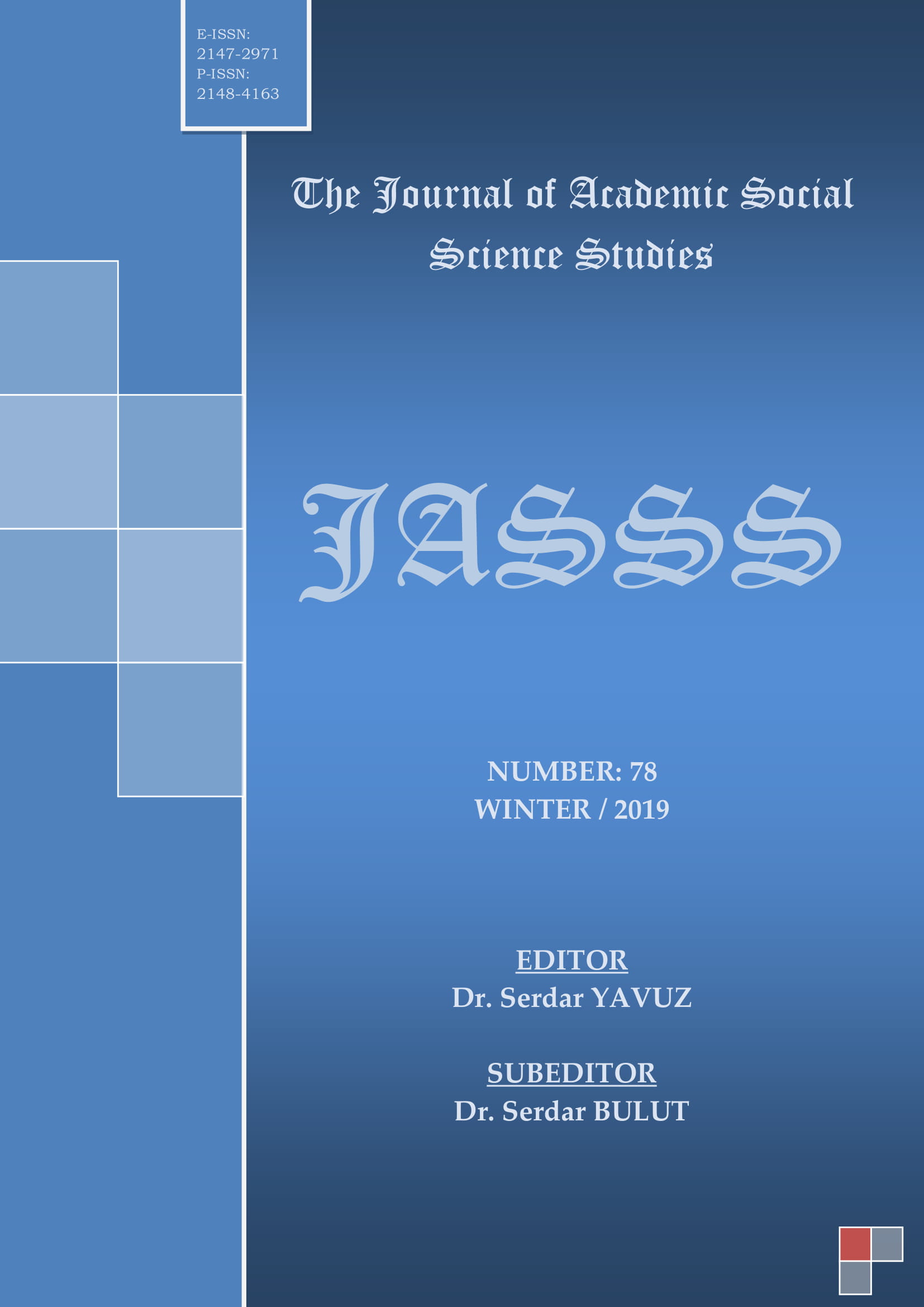Author :
Abstract
Şinto dini geleneğinde arınma, kutsalla kurulacak her türlü iletişim ve irtibat öncesi maddi ve manevi kirlilikten temizlenme eylemidir. Şintoizm’de kutsallığın merkezinde Kamiler yer alır. Bu yüzden onlar saf ve temizdir. Kamilere ve kamisel alanlara yaklaşacak olanların da arınması zorunludur. Arınma ayininin hem fiziksel hem de psikolojik boyutu bulunur. Şintoistlere göre Kamisel alanda yapılan Oharae, Misogi ve Temizu gibi arınma eylemleri bedeni kirliliğin yanı sıra ruhun tutkularından arınmasını ve kutsalın tezahürünü kolaylaştırır. Bu araştırmanın temel gayesi Şinto dinindeki arınma anlayışlarını ve eylemlerini ortaya koyarken kaynaklardaki bilgilerin yanı sıra gözlemlerimize dayalı tecrübeleri de okuyucuya aktarmaktır.
Keywords
Abstract
Purification in the Shinto religious tradition, It is an act of cleansing from any material and spiritual pollution before any communication and contact with the holy. In Shintoism, the Kamis are at the center of divinity. So they are pure and clean. Those who will approach the Kami and Kamis areas must also be purified. Purification ritual has both physical and psychological dimensions. According to Shintoists, purification actions such as Oharae, Misogi and Temizu in the Kamis sphere facilitate the purification of the soul's passions as well as the manifestation of the sacred, as well as body pollution. The main purpose of this research is to reveal the understanding and actions of purification in Shinto religion; as well as information from the sources based on our observations is to pass on to the reader.
Keywords
- Abay, Okan H. (2014). Kojiki: Japon Mitolojisine Bir Yolculuk, Konya.
- Anesaki, M. (1961). Religious Life of the Japanese People, Tokyo.
- Anesaki, M. (1963). History of Japanese Religion, with Special Reference to the Social and Moral Life of the Nation, Rutland.
- Bahr, Ann M. B. (2005). Religions of The World İndigenous Religions, United States of America.
- Bocking, B. (2005). A Popular Dictionary of Shinto. New York: Curzon.
- Delmer, B. (1955). Kami, Death, and Ancestral Kami, Proceedings of the Second International Congress on Shinto Studies.
- Devi, S. (1979). Shinto The Way Of The Gods, Translated by Guido Stucco, Japan.
- Donald, L.P. (1959). The Institute for Japanese Culture and Classics, Kokugain University, Tokyo.
- Earhart, H. B. (1970). A mount Haguro Sect of Shugendo: An Examole of Japanese Mountain Religion, Tokyo.
- Evans, A. L. (2001). Shinto Norito: A Book of Prayers. Canada.
- Grapard, A. G. (1995). Flaying Mountains & Walkers of Emptiness: Sacred Space in Japanese Religions, The Sacred Mountain of Asia, Ed. by John Einarsen, Canada.
- Hartz, P. R. (1997). Shinto, New York.
- Hori, I. (1959). Japanese Folk Beliefs, American Anthropologist, USA.
- Hori, I. (1968). Folk Religion in Japan, Chicago
- Kasahara, K. (2001). A History of Japanese Religion, Transleted by Paul Mc Carty - Gaynor Sekimori, Tokyo.
- Light, R. and Kinnaird, L. (2005). “Appeasing the Gods: Shinto, Sumo and ‘True’ Japanese Spirit‛, With God on their Side: Sport in the Service of Religion, New York.
- Ono, S. (1962). Shinto The Kami Way, Singapore.
- Picken, S.D. B. (2011., Historical Dictionary of Shinto, United Kigdom.
- Şamlıoğlu, İ. E. (2018). Çin ve Japon Dinlerinde Dağ Kültü, Ankara Üniversitesi Sosyal Bilimler Enstitüsü, (Basılmamış Yüksek Lisans Tezi), Ankara.
- Şenavcu, H. İ. (2016). Japon Dinî Bayramlarının Genel Özellikleri ve Sosyal Hayattaki Yeri, Mizanul-Hak İslami İlimler Dergisi, Sayı 2.
- Vance, T. J. (1983). The Etymology of Kami, Japanese Journal Religious Studies, 10/4, Nagoya.
- Yamakage, M. (2006). The Essence of Shinto, Tokyo.





